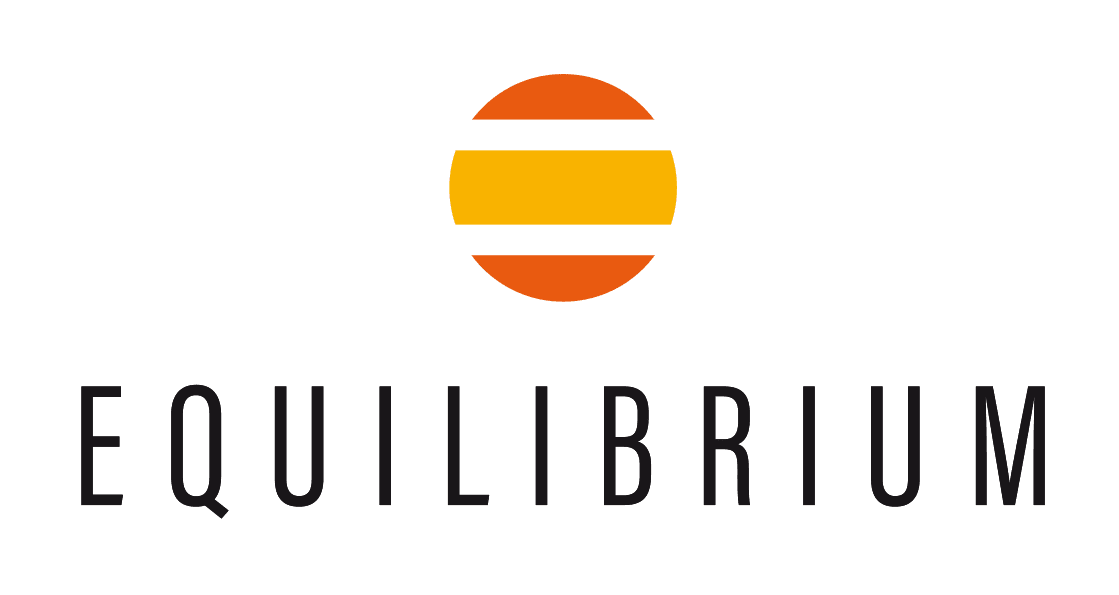1 year product guarantee
Free delivery on most orders over £40
Rated 4.9/5 stars on Feefo

Researched & tested products

Innovating for over 20 years!
Supporting Redwings Horse Sanctuary & Brooke
Feefo Gold Trusted Service Award Winner
Get more time to pay with Klarna
Kissing Spine in Horses
Over recent years ‘Kissing Spine’ seems to have become a more widespread and commonly diagnosed condition.
The good news is that with the correct treatment and/or surgery many horses are making near to full recoveries and it doesn’t necessarily mean an end to their ridden career whether this is as a happy hacker or a competition horse.
What is Kissing Spine?
Kissing spine is a disease of the spine whereby the spaces between the upper dorsal processes of the vertebrate become reduced and the vertebrate actually touch, or ‘kiss’, causing bone to bone contact and in some cases damage to the ligaments within the spine which causes the horse great discomfort.
What are the Symptoms of Kissing Spine?
Signs indicating kissing spine may include poor performance or a sudden change in behaviour both on the ground and when ridden such as bucking, bolting, rearing, struggling to maintain a particular canter lead, stiffness through the back and hind quarters, reluctance to have the back area touched, groomed or a saddle placed on it.
How is Kissing Spine Diagnosed?
When the symptoms are realised a veterinarian should be consulted. He will assess the horse by seeing it trot up and/or schooled and then refer for appropriate treatment which could be x-rays, nerve blocks in the area, ultrasounds or scintigraphy (bone scans).
How are Horses treated for Kissing Spines?
Kissing Spine can be treated a number of ways such as corticosteroid injections, surgery or in some cases it can be managed or pain alleviated by more holistic approaches. These methods may be fundamental to the horse’s recovery post treatment.
Surgery is commonplace with many new methods being introduced with the advancements of technology, for example key hole surgery or Svend Kold’s method which has been proven successful.
Where can I find information from owners whose horses have as kissing spines?
A number of websites and social media pages are available for horse owners with kissing spine horses to share their experiences – how they cope from when they first receive a diagnosis, through the treatment process to how they can assist the recovery of their beloved horse.
These websites may not include information from qualified practitioners such as veterinarians or physiotherapists so your own vet/physio should be consulted prior to trying anything new with your horse.
Two sites which may help support existing owners include a blog by Ruth Bishop, a 24 year old Riding Instructor from Cornwall whose Thoroughbred X, Adam, was diagnosed with kissing spines in January 2013 and a Facebook group called ‘Horses with Kissing Spines’ – Ruth’s Blog Horses With Kissing Spines – These sites provide horse owners a place to communicate with other owners whose horse has had kissing spines and see what recovery programme has worked best and what additional products they can buy to help make this time easier and keep their horses as comfortable as possible.
